Neri&Hu creates "wooden hut" and "cave-dwelling" interiors for Shanghai stores
Dezeen
MAY 8, 2024
Chinese studio Neri&Hu has completed two retail spaces for Shanghai fabric and fashion company Jisifang, using wood and concrete to evoke "a more primitive state of being". In contrast, Neri&Hu created a cave-like shelter made of concrete for the 200-square-metre Woven Moonlight.

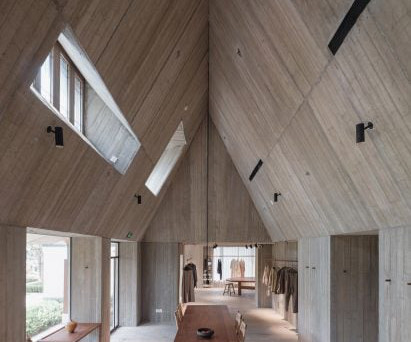
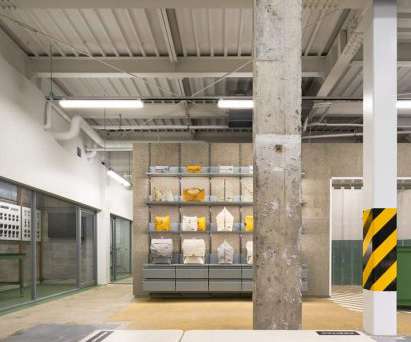
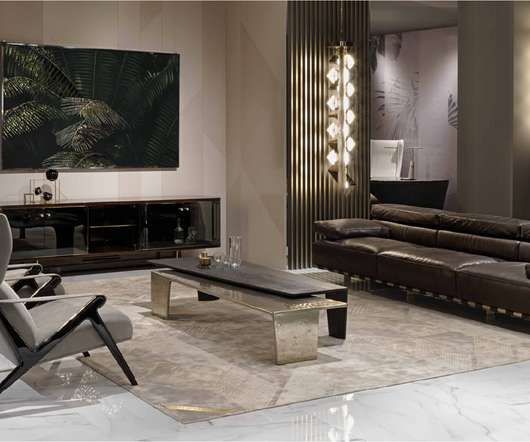
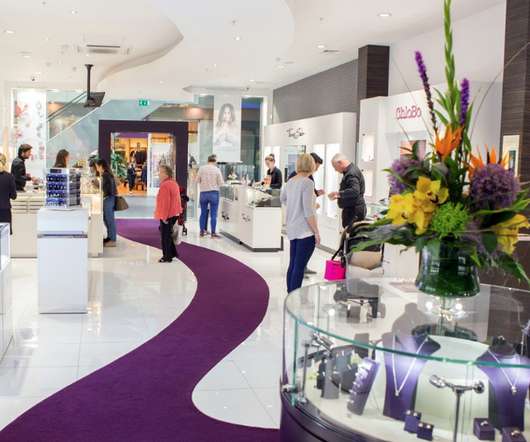
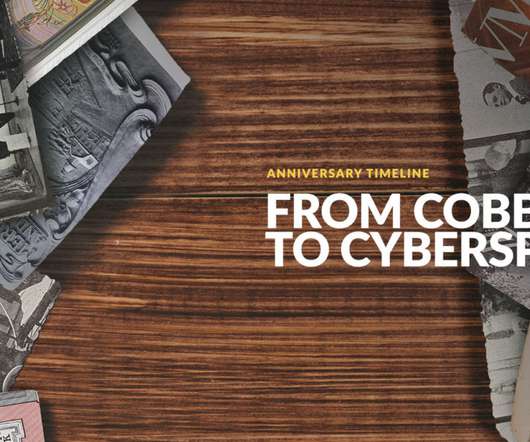






Let's personalize your content